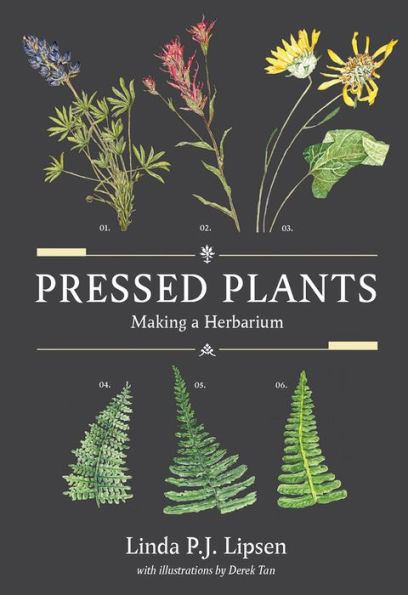A compact and contemporary guide to collecting, drying and storing plant specimens—suitable for both professional researchers and ardent amateurs. The long-awaited update to Dr. Christoper Brayshaw’s beloved
Plant Collecting for the Amateur, Linda P.J. Lipsen's
Pressed Plants goes to the heart of professional and amateur plant collecting today.
Rich in illustrations, infographics, and plant photography, this beautiful book balances the ongoing history of plant collection with practical advice, and it includes the latest updates to best practices, such as how to preserve plant material for DNA extraction and how to navigate increasingly complex cultural and conservation considerations.
Pressed Plants responds to the recent revival of enthusiasm for nature, biodiversity, and conservation with an increased emphasis on how to document the biodiversity around us. It will help any reader feel that they can understand how to properly document plant biodiversity so it’s understood, valued, and protected.



